The M1 visa is a nonimmigrant (temporary) visa for foreign students coming to the United States to pursue full-time vocational studies, non-academic studies, or certain junior college educational programs in the United States. For example, mechanical classes, cosmetology, tailoring, culinary classes, flight training (airplane pilot), etc.
Practical training under the M1 student visa allows the foreign student to obtain hands-on experience in a workplace by applying the theoretical principles they learned during their vocational educational program. After completing the vocational educational program, M1 visa students can legally work during their practical training time. The M1 visa student is given 1 month of practical training time for every 4 months they studied on their M1 visa status. The maximum practical training time for M1 visa students is 6 months.
- 1.
- a.
- 2.
- a.
- 3.
- a.
- b.
- 4.
- a.
- b.
- 5.
- 6.
- 7.
- 8.
- 9.
- 10.
- a.
- b.
- c.
Table of Contents
A qualified M1 visa student must (1) be accepted into a full-time vocational educational program at a qualified U.S. school, (2) have a foreign residence (home address) outside the United States to return to after completing their studies (which means the M1 visa student needs to show strong ties to their home country), (3) be able to financially support the costs of studying and living in the United States while on an M1 visa, and (4) have the appropriate level of English language skills to engage in their vocational educational program.
M1 Visa Full-Time Studying Credits
The number of credits/hours full-time studying is for M1 visa students in:
- Community colleges or junior colleges: 12 credits hours per term
- Certain vocational or business school: 12 hours per week
- Vocation (or nonacademic educational programs): 18 hours per week if the majority is spent in classroom instructions or 22 hours per week if the majority is not in classroom instructions (e.g., majority of time spent in laboratory or flight training)
Practical training is used for M1 visa students to work in any job that is directly related to the student’s major area of study. The earliest an M1 visa student can start using their practical training time is after completing the vocational educational program. The M1 visa student should be continuously enrolled with the school to maintain their practical training eligibility.
Social Security Number (SSN)
M1 visa students who are working (earning money) in the United States should apply for a social security number (SSN) with the U.S. Social Security Administration (SSA) before work starts. It is commonly used for filing taxes, opening up bank accounts, and applying for credit cards.
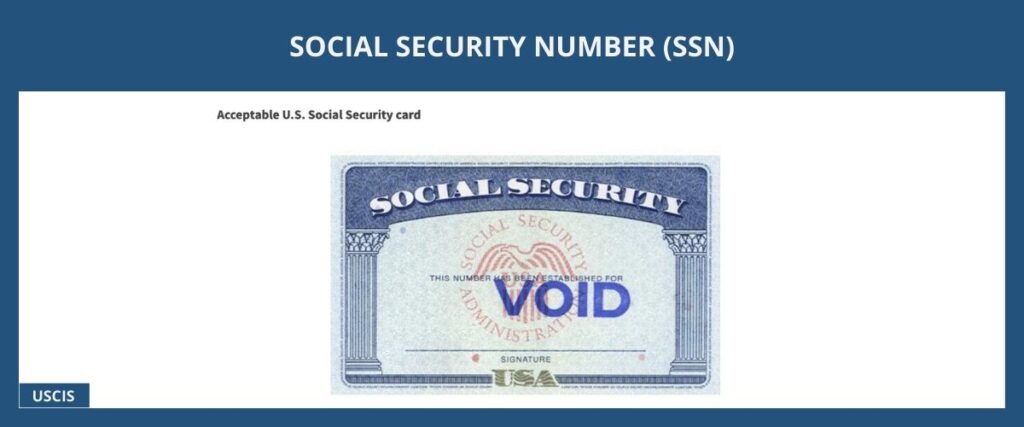
The initial M1 visa can be granted to a period of stay for up to 1 year or for the amount of time needed to complete the vocational educational program plus a 30-day grace period of authorized stay in the United States (whichever is shorter).
Renewals (extensions of stay) of the M1 visas are granted in 1-year increments and the maximum time that it can be extended to is up to 3 years (plus the additional 30-day grace period) from the original M1 visa start date. M1 visa extensions should be filed with the USCIS during the time period of 60 days to 15 days before the educational program’s end date (listed on the Form I-20).
M1 Visa Grace Period
M1 visa students are allowed to enter the United States within the 30-day period before their vocational educational program start date and are allowed to stay for an additional 30 days (grace period) after they complete their educational program or their PT employment.
No Vacation Time For M1 Visa Students
Unlike F1 visa students, M1 visa students do not have vacation time during their studies in the United States. If the M1 visa student takes a vacation, the M1 visa student will be required to obtain a new Form I-20 and pay a new student application (I-901 SEVIS) fee.
The calculation of the amount of practical training time (legally work in the United States) for an M1 visa student is: for every 4 months of studying on an M1 visa, 1 month of practical training time is given after completing the vocational educational program. The maximum amount of practical training time (legally working time) for M1 visa students is 6 months.
-eng-1024x427.jpg)
The evidence provided to the U.S. consulate or embassy for the M1 visa vocational student must show:
- (A)
- The foreign vocational student is eligible to study full-time at an accredited U.S. school
- (A)
- The foreign vocational student is eligible to study full-time at an accredited U.S. school
- Passport (that will remain valid for at least 6 months from the date entering the United States)
- Nonimmigrant visa application (Form DS-160)
- Receipt of the SEVIS fee (Form I-901) payment
- Certificate of Eligibility (Form I-20)
- Letter of admission
- Two passport style photos
- Reciprocity fees may be required from certain countries
- Past academic records (e.g., transcripts, diplomas, degrees, certificates)
- (B)
- The M1 visa holder has sufficient English skills to participate in the vocational program
- (B)
- The M1 visa holder has sufficient English skills to participate in the vocational program
- TOFEL, IELTS test scores
- Educational records (e.g., degrees, diplomas, transcripts, certificates)
- (C)
- The M1 visa holder is maintaining a foreign residence overseas and has sufficient funds for the time spent in the United States
- (C)
- The M1 visa holder is maintaining a foreign residence overseas and has sufficient funds for the time spent in the United States
- Bank statements
- Tax returns
- Documents that show financial support from a third party (e.g., family funds)
- Deeds, property titles
- Mortgages
- Leases
- Documents that show family or community ties to home country
*There may be specific requirements for different U.S. embassies and consulates.
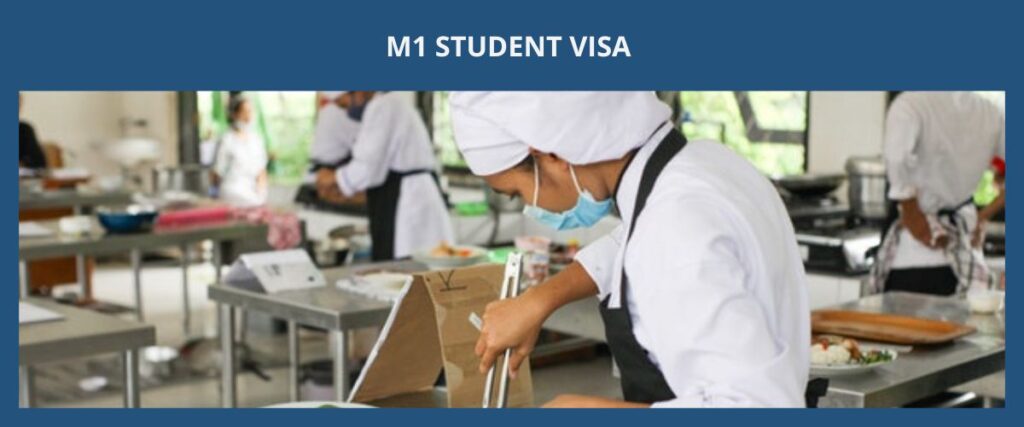
Documents that will generally be required to apply for the M1 visa practical training with the USCIS include:
- Two U.S. passport style photos (taken within 30 days and name should be written on the back)
- Passport identification page & M1 visa page
- Application for Employment Authorization (Form I-765) & Application fee
- A copy of the Form I-20 that has the PT notation on it
- Arrival and departure record (Form I-94)
- E-notification of application/petition acceptance (Form G-1145)
- Copy of previous EAD cards (front and back)
The U.S. school’s international student’s department should provide detailed instructions, checklists, and support from DSOs with issues related to the M1 visa student’s practical training applications.
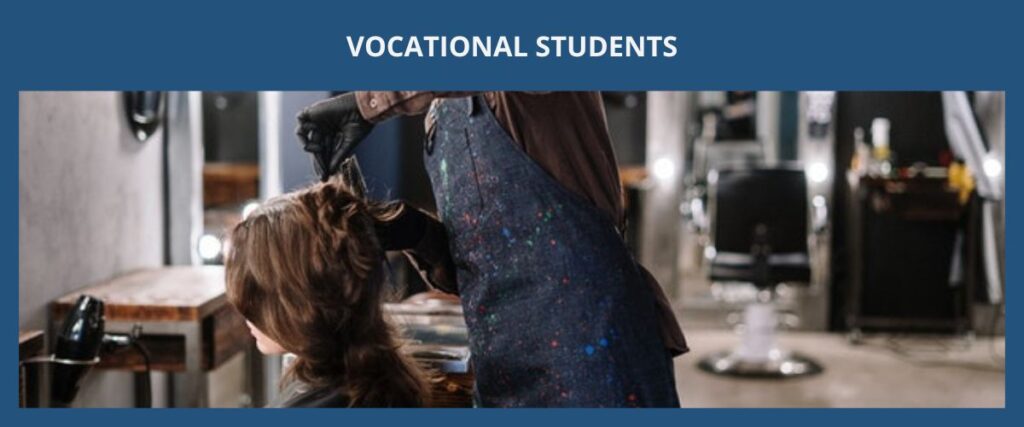
Documents that will generally be required to apply for the social security number (SSN) with the SSA office include:
- Form I-20 (with the appropriate PT notation)
- Passport (valid and unexpired)
- Arrival and departure record (Form I-94)
- Job offer letters
- Employment Authorization (EAD card)

There are 3 main steps in the general process of obtaining the M1 visa:
Step 1: Acceptance by U.S. School & SEVIS Account
The M1 visa student must first apply to and be accepted to a vocational or nonacademic school in the United States. After acceptance, the U.S. school will typically send instructions to the M1 visa student on what they will need to do to proceed.
Typically, the process will start with the U.S. school filing a Certificate of Eligibility (Form I-20) for the M1 visa student’s SEVIS account (Student and Exchange Visitor Information System). The M1 visa student must then sign up for their SEVIS account online and pay a fee to submit their student visa application (Form I-901).
Step 2: Interview at U.S. Consulate or Embassy
The M1 visa student will schedule to have an in-person interview at the U.S. consulate or embassy typically in their home country. If the M1 visa student is approved at the end of the in-person interview, their passport will be taken and an M1 visa stamp will be put into it. The passport with the new M1 visa stamp will typically be ready in a few days to be picked up or mailed to the M1 visa student’s home address.
Step 3: Start Classes in the United States & Maintain M1 Visa Status
After arriving in the United States, the M1 visa student must report to the U.S. school and attend classes to maintain their M1 visa status. M1 visa students cannot count any online class for their minimum credit required per term and can only take a reduced course load for a total of 5 months if it is for medical reasons.

There are 4 main steps in the general process of obtaining practical training time (PT Time) under the M1 visa:
Step 1: Job Offer that is Directly Related to Field of Study
The M1 visa student should obtain a job offer for a position that is directly related to the field of their study. If the job description does not clearly show how the work will be related to the M1 visa student’s vocational educational program, a signed explanation letter from the supervisor, manager, or hiring staff of the U.S. employer should be provided.
Step 2: Practical Training (PT) Application with School
The M1 visa student would go through an internal application procedure set by their school (typically with the international student’s department) to have a designated school official (DSO) enter a practical training recommendation on their SEVIS record and obtain a signed Form I-20 that notates the practical training.
The job position of the practical training must be related to the M1 visa student’s field of study and the designated school official (DSO) must determine that the job position is not available in the M1 visa student’s home country.
Step 3: Filing PT Employment Authorization (EAD Card) with USCIS
After the M1 visa student obtains the Form I-20 that notates the PT recommendation from their school, they must then file an employment authorization application (Form I-765, commonly known as the “EAD card”) for their practical training with the USCIS which should be done (1) after completing the internal practical training application with the school (which generates a Form I-20 that notates the practical training recommendation) and (2) within the 60-day period prior to the vocational educational program’s end date. If the M1 visa status (on the Form I-94) is not valid long enough to cover the amount of time of the practical training, the M1 visa student must also file an extension (Form I-539) for the M1 visa status at the same time.
M1 Visa PT Work Start Date
M1 visa students must receive the USCIS approval notice of their practical training employment authorization application (i.e., their approved EAD card) to start working legally. The date that the M1 visa student may start working on their practical training time can be (1) the start date approved by the USCIS or (2) the date that the practical training employment authorization application with the USCIS was approved (which may be a later date than the date they requested due to delays in processing time).
For example, the M1 visa may have an approved PT start date of July 1 even if they requested for a start date of June 1 because of processing delays with the USCIS (which means that the M1 visa student can only start working on July 1 in this case even if they asked for June 1 as their start date).
Step 4: Maintenance of Practical Training Time
The M1 visa student should report back to the school if there are any changes in their practical training employment (e.g., name or address changes, or job termination) within 10 days of the change. The M1 visa student should also be continuously enrolled with the school to maintain their practical training eligibility.
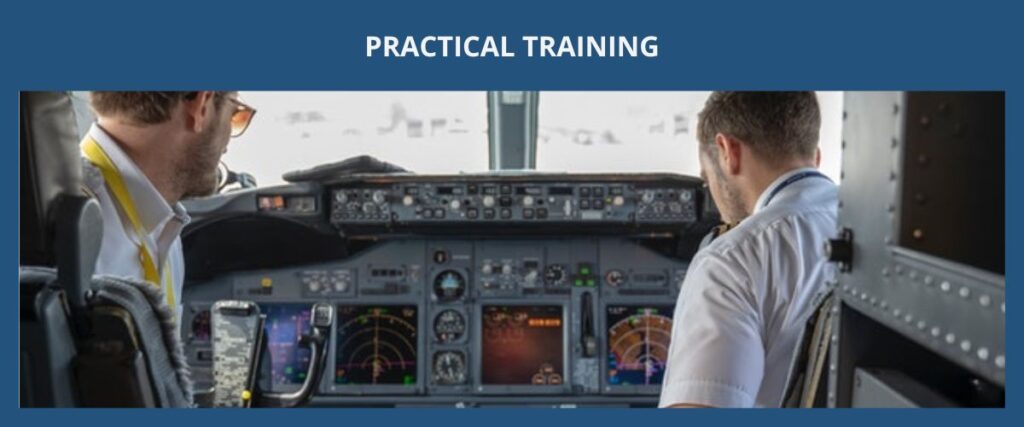
There are 2 main steps in the general process of obtaining a social security number (SSN) under the M1 visa:
Step 1: Obtain Job Offer Letter (On-Campus & Off-Campus Employment, PT)
The M1 visa student must first have a job offer letter for their practical training or student employment (on-campus and off-campus employment). The employment letter typically will be printed on the company’s letterhead and include the job title, start date, work hours per week, the supervisor’s title and phone number, and the signature of the hiring person.
Step 2: File the Social Security Number Application with the SSA Office
The M1 visa student should file the social security number application with the Social Security Administration office no more than 30 days before the employment start date (which means filing earlier than 30 days before the job starts may result in a denial).

The total time an M1 visa takes is usually related to the appointment time of the student visa application at the U.S. consulate or embassy overseas (if the person is not already in the United States or is ineligible to do a change of status within the United States) which can vary among different countries and seasons. Estimated appointment wait times can be checked here.
Practical Training Processing Time
The total time a practical training application takes is consisted of the processing time for (1) the school to enter the practical training recommendation into the M1 visa students SEVIS record and provide the M1 visa student with a signed Form I-20 that notes the practical training, and (2) the EAD card application (Form I-765) with the USCIS which can be filed within the 90-day period before the vocational educational program’s end date.
Please note, the M1 visa student cannot start working before their approved practical training start date or the date that their practical training employment authorization application with the USCIS is approved (which may be a later date than the date they requested due to delays in processing time). The period of time the M1 visa student can legally work in the United States is dictated by the start date and end date notated on their EAD card issued by the USCIS.
Factors that may influence the processing time of the M1 visa (or its practical training application) usually include but are not limited to the school’s internal processing checks, any Request for Evidence (“RFE”) issued, and the caseload of the USCIS service center and the U.S. consulate or embassy.
In general, M1 visa students cannot freely transfer schools or change their vocational educational programs while in the United States.
Change in School (Transfer)
M1 visa students are typically only allowed to transfer to another vocational school within the first 6 months of starting their vocational educational program in the United States. The exception is when the transfer is due to circumstances beyond the M1 visa student’s control such as the school closed down.
Change in Educational Program/Classes
M1 visa students cannot change their major or vocational educational program. For example, an M1 visa student cannot change from enrolling in a pilot training program into a cooking class program.
Cannot Change into a F1 Student Visa (Academic Student)
A vocational student holding an M1 visa status cannot change their nonimmigrant visa status into an F1 visa status as an academic student without leaving the United States. For example, an M1 visa student enrolled in a pilot training program (vocational educational program) cannot later change into an F1 visa student pursuing a degree in physics (academic educational program) or enroll in an English language training (ESL) program unless they leave the United States and apply for the F1 visa at a U.S. consulate or embassy.
Certain Restrictions to Change into a H Visa Status
The M1 visa student cannot change into an H visa status if (1) it is determined that the only purpose of obtaining the M1 student visa is to change into an H visa status (a work visa) later or (2) the education or training gained during their M1 visa is used as the basis to qualify for an H visa status which means that M1 visa students cannot use the education or training obtained under the M1 visa status to satisfy the eligibility requirements of the H visa status ( i.e., only education or training gained prior to the M1 visa can be used to qualify for an H visa).
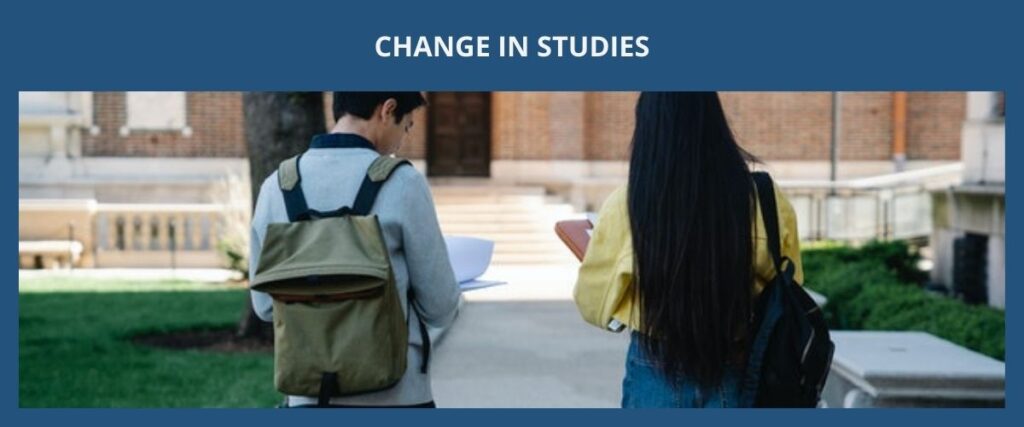
M1 visa students who fall out of status can be subject to removal if
- (1)
- They are not pursuing a full course of study (e.g., dropping credits below a full course of study without being approved by their DSO)
- (2)
- Transfer schools without permission
- (3)
- Fails to finish their study in time and is not eligible to extend the educational program (e.g., the educational program is expected to be completed in 5 months based on their Form I-20 but the M1 visa student still needs 1 year and was not able to obtain an extension with the USCIS)
- (3)
- Fails to finish their study in time and is not eligible to extend the educational program (e.g., the educational program is expected to be completed in 5 months based on their Form I-20 but the M1 visa student still needs 1 year and was not able to obtain an extension with the USCIS)
- (4)
- Worked illegally
- (4)
- Worked illegally
The DSO will report the M1 visa student’s out-of-status violation by terminating their SEVIS record and the M1 visa student will be required to depart the United States immediately.
Reinstatement of M1 Visa Status
M1 visa students who have fallen out of status can reinstate (restore) their M1 visa status by filing an Application to Extend/Change Nonimmigrant Status (Form I-539) with the USCIS if
- (1)
- The M1 visa student was not out of status for over 5 months
- (1)
- The M1 visa student was not out of status for over 5 months
- (2)
- There is no record of repeated or willful violations of U.S. immigration law
- (2)
- There is no record of repeated or willful violations of U.S. immigration law
- (3)
- The M1 visa student is still pursuing or plans to pursue their full course of study
- (3)
- The M1 visa student is still pursuing or plans to pursue their full course of study
- (4)
- The M1 visa student is not deportable other than being currently out of status
- (4)
- The M1 visa student is not deportable other than being currently out of status
- (5)
- The M1 visa student has not been working illegally
- (5)
- The M1 visa student has not been working illegally
- (6)
- The M1 visa student is out of status because of circumstances beyond their control (e.g., injury, illness, negligence by the DSO, violation is related to a reduction in the course load which the DSO would have power to authorize, the educational school closed down, or natural disaster)
- (6)
- The M1 visa student is out of status because of circumstances beyond their control (e.g., injury, illness, negligence by the DSO, violation is related to a reduction in the course load which the DSO would have power to authorize, the educational school closed down, or natural disaster)
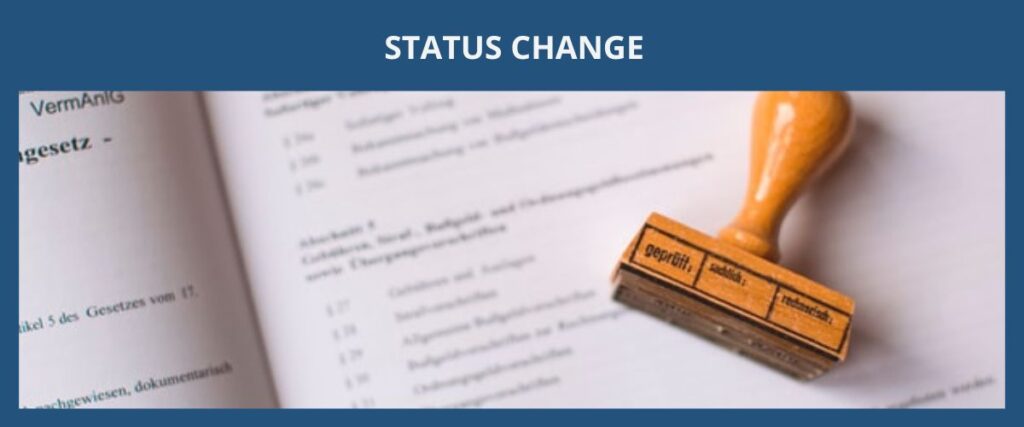
Dependent family members (spouse and unmarried children under 21 years old) of M1 visa students are allowed to stay in the United States under the M2 visa status for the same duration as the M1 visa student. The M2 visa family members must have their own individual SEVIS Form I-20s.
M2 visa family members cannot legally work in the United States, however, the M2 visa children can enroll in elementary schools and secondary schools. For M2 visa children who have finished high school, they can only (1) enroll in a SEVP-certified school and take less than a full-time study (typically taking a course load of less than 12 credits per term), or (2) change into their own M1 visa or J1 visa status (F1 visa status is not allowed) to study full-time.
Dual intent visas allow the foreign person to have both an intent to temporarily stay in the United States and an intent to permanently stay in the United States. The intention to permanently stay in the United States can be shown when the foreign person has a pending green card petition with the USCIS or an approved PERM labor certification from the U.S. Department of Labor.
The M1 visas are not dual intent visas which means that the timing of any green card application or petition must be carefully strategized because having dual intention (which is possessing an immigrant intent and a nonimmigrant intent at the same time) is not allowed for M1 visa students. The M1 visa students are only allowed to have nonimmigrant intent.
Immigrant Intent Shown Under M1 Visa
Showing an immigrant intent can cause issues with the M1 visa student’s eligibility to renew (extend) their visa or apply for other nonimmigrant (temporary) visas to travel to the United States. For example, an M1 visa renewal (extension) will likely be denied if the M1 visa student has a green card petition pending (which shows immigrant intent).
Another issue that may arise when the M1 visa student shows an immigrant intent is when they return to the United States after traveling internationally. For example, an M1 visa student who has a pending green card application may likely be denied admission into the United States by the CBP officers at the border (e.g., airport) because it is likely that the CBP officer will not believe that the M1 visa student is just planning on staying in the United States temporarily.
So, unlike people under visas (e.g., H1 visa, L1 visa) that allow dual intention, M1 visa students in most cases should avoid traveling internationally after they have filed for an adjustment of status (which shows immigrant intent) to change into their green card status and should be highly cautious of traveling internationally after they have a pending green card (immigrant visa) petition.
The M1 visas in most cases are issued for foreign students that are coming to study in the United States in a vocational school (or nonacademic educational program).
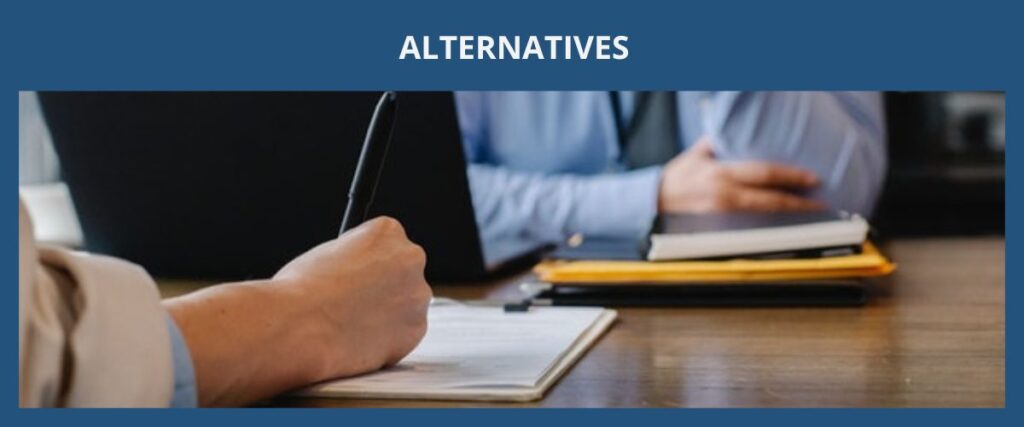
The main alternatives to the M1 student visa would be the F1 visa for students that are enrolled in academic educational programs which usually result in a degree and the J1 visa which can be for summer work travel students, high school exchange students (who will be living with an American host family or enrolled in a boarding school), and college or university level exchange students (who are usually financially funded by a government or sources that are not themselves and may be subject to a 2-year foreign residence requirement).
In general, the M1 visa is more restrictive than the F1 visa:
Visa Type | F1 Visa | M1 Visa |
|---|---|---|
Educational Program | Academic (typically will result in a degree) | Vocational |
Legally Work | Can work in a job directly related to the major that they are studying in. The work can be done during and/or after completing their educational program:
| Can only work after completing their educational program:
|
Changes in Nonimmigrant Status | Can usually change into other eligible nonimmigrant visa statuses (or an immigrant visa status) | Cannot change into an F1 visa status and may face more difficulties when changing into an H visa status or immigrant visa status |
Duration of Valid Student Visa Status | Can remain in the United States for the duration of their educational program (D/S)
The F1 visa does not have a set expiration date | Typically, the M1 visa status is for 1 year, however, it may be extended up to 3 years under certain circumstances
The M1 visa has a set expiration date
|
Change in Major or Educational Program | Can change majors or educational programs | Cannot change majors or educational programs |
Transfer to new school | Can begin a new educational program after completing the current one or transfer to a new school anytime on an F1 visa | Can only transfer within the first 6 months of starting their educational program (and this is for special circumstances) |
Vacation | Annual vacation (it is typically the summer break) | No annual vacations allowed |
Grace Period | 60-day grace periods are given to F1 visa students after their educational program or OPT ends | 30-day grace periods are given to M1 visa students after their educational program or practical training time ends |
F1 Visa | M1 Visa |
|---|---|
Academic (typically will result in a degree) | Vocational |
Can work in a job directly related to the major that they are studying in. The work can be done during and/or after completing their educational program: On-campus & off-campus employment CPT (before completing the educational program) OPT (can be before and/or after completing the educational program with a maximum of 1 year) OPT STEM (after completing the educational program with a maximum of 2 years) | Can only work after completing their educational program: Practical training (PT) for a maximum of 6 months (1 month of PT time can be given for every 4 months of M1 visa studying time) |
Can usually change into other eligible nonimmigrant visa statuses (or an immigrant visa status) | Cannot change into an F1 visa status and may face more difficulties when changing into an H visa status or immigrant visa status |
Can remain in the United States for the duration of their educational program (D/S)
The F1 visa does not have a set expiration date | Typically, the M1 visa status is for 1 year, however, it may be extended up to 3 years under certain circumstances
The M1 visa has a set expiration date
|
Can change majors or educational programs | Cannot change majors or educational programs |
Can begin a new educational program after completing the current one or transfer to a new school anytime on an F1 visa | Can only transfer within the first 6 months of starting their educational program (and this is for special circumstances) |
Annual vacation (it is typically the summer break) | No annual vacations allowed |
60-day grace periods are given to F1 visa students after their educational program or OPT ends | 30-day grace periods are given to M1 visa students after their educational program or practical training time ends |
If you have an M1 visa (vocational student) related immigration question, please fill out our form first or send us an email with the required information and we will do our best to respond in 48 hours.
Most M1 visa issues can be solved by contacting the U.S. school’s international student’s department, however, we are here to help when issues cannot be simply resolved by the DSO and requires the skills of a U.S. immigration attorney. We can help with questions such as issues related to M1 visa or M2 visa extensions, practical training applications, changes between visas, filing reinstatement when the M1 visa student falls out of status, and planning for future nonimmigrant visas or green card applications (or petitions).
- Step 1:
- Step 2:
- Step 3:
- Step 4:
- Step 5:
- a.
- b.
- c.
- Step 6:
- Step 7:
- Step 8:
- Fill out the form (with some basic information on what your immigration needs are)
- Sign up and log into the client portal to schedule an appointment online
- Attend scheduled appointment (typically a phone call or zoom meeting)
- Retainment (signing a contract to hire us)
- Start processing case
- Gathering required documents
- Preparing paperwork
- Confirming contents of documents that will be submitted
- Filing the case
- Following up on the status of the case
- Close the case when a final determination is issued
- Step 1:
- Step 2:
- Step 3:
- Step 4:
- Step 5:
- a.
- b.
- c.
- Step 6:
- Step 7:
- Step 8:
- Fill out the form (on what your immigration needs are)
- Sign up and log into the client portal to schedule an appointment
- Attend scheduled appointment (typically a phone call or zoom)
- Retainment (signing a contract to hire us)
- Start processing case
- Gathering required documents
- Preparing paperwork
- Confirming contents of documents that will be submitted
- Filing the case
- Following up on the status of the case
- Close the case when a final determination is issued
- Step 1:
- Step 2:
- Step 3:
- Step 4:
- Step 5:
- a.
- b.
- c.
- Step 6:
- Step 7:
- Step 8:
- Fill out the form (on what your immigration needs are)
- Sign up and log into the client portal to schedule appointment
- Attend scheduled appointment (typically a phone call or zoom)
- Retainment (hire us)
- Start processing case
- Gathering required documents
- Preparing paperwork
- Confirming content of documents that will be submitted
- Filing the case
- Following up on the case status
- Close the case when a final determination is issued
RELATED ARTICLES
- F-1 Student Visa & Practical Training (OPT / CPT)
- J-1 Exchange Visitors (Student, Professor, Research Scholar, Au Pair, Intern, Trainee)
- H1B Visa (Specialty Occupations)
- E3 Visa (Australian Specialty Workers)
- TN Visa (NAFTA Professionals)
- L Visa Overview (Intra-Company Transferee)
- E Visa Overview (Treaty Trader & Investor)
- O Visa Overview (Extraordinary Ability / Achievement)
- B1 Visa & B2 Visa (Business and Pleasure)
- Employment-Based Green Card Overview
- EB1a Visa (Alien of Extraordinary Ability)
- EB1b Visa (Outstanding Professors and Researchers)
- EB1c Visa (Multinational Manager or Executive)
- EB2 Visa Overview (Advanced Degree / Exceptional Ability / National Interest Waiver / Physicians National Interest Waiver)
- EB3 Visa (Professionals/Skilled/Unskilled Workers)

